How to Increase App Downloads: 10 Proven Strategies
You’ve done the hard part—built a great app. But with millions of apps on the market, you can’t just wait for people to stumble upon it. Users might never come. Instead, of leaving it to chance, learn how to increase app downloads with proven strategies. And that’s exactly what this guide is all about.
How to increase app downloads
1. Search engine optimization (SEO)
App stores aren’t the only places to discover your app. Sometimes your exercise app can be found via a Google search on home workouts.

Why it’s a big deal: Most people don't go past the first few options in their search results. And with the majority of global searches being mobile, your app needs to show up at the top.
Multilingual SEO starts with keyword research to determine what your potential users are searching for. To this end, use Ahrefs, or Moz. You can also try SEO tools created for app store optimization (ASO) keyword research: Mobile Action, Sensor Tower, and Data AI.
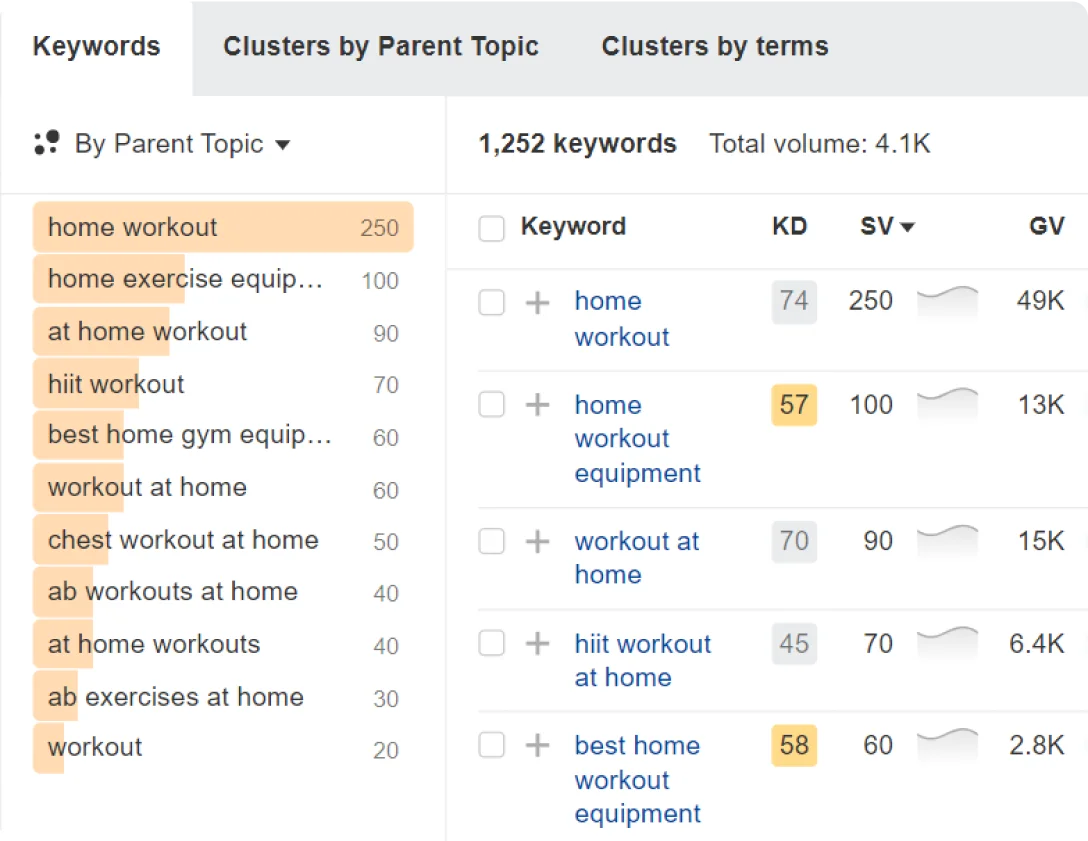
Once you’ve chosen keywords, add them to your app's title and description. But keep it natural—no one likes keyword-stuffed content.
2. App Store Optimization (ASO)
ASO helps your app show up in App Store and Google Play search results. It’s about improving your app’s title, description, keywords, visuals, and user feedback so more people find and install it.
To see what Apple users are searching for:
- Go to Apple Search Ads
- Choose your language and continue
- Enter your account and billing info
- In “Campaigns,” click Create Campaign

- Pick your app and set up your campaign
- Add a default bid and choose Broad match type

- Click Add Keywords to Ad Group
- Review and test the keywords Apple suggests
Use these keywords in your App Store listing. If they clash with your SEO picks, test both and see which perform better.
Character limits to keep in mind:
- App name: 30 characters (App Store + Google Play)
- Short description: 80 characters (Google Play only)
- Long description: 4,000 characters
- Subtitle: 30 characters (App Store)
- Keywords field: 100 characters (App Store)
3. App Localization
App localization means adapting your app for different countries and cultures. It goes beyond translation—you’ll want to adjust graphics, currency, formats, and anything else that might not work in another region.
The App Store supports 175 regions. Google Play supports 195. Localizing helps you reach those users.
One example: the mindfulness app Phiture grew its non-English downloads by 40% after localizing.
Worried it’s too much work? It’s manageable with the right tools.
With Centus, you can translate both iOS and Android apps at once. It keeps everything organized, helps your team collaborate, and speeds up the process.
Here’s how to localize your app:
- Sign up to Centus
- In the Project dashboard, click New project

- Enter the project name and select Software project type

- Select base languages for your localized app
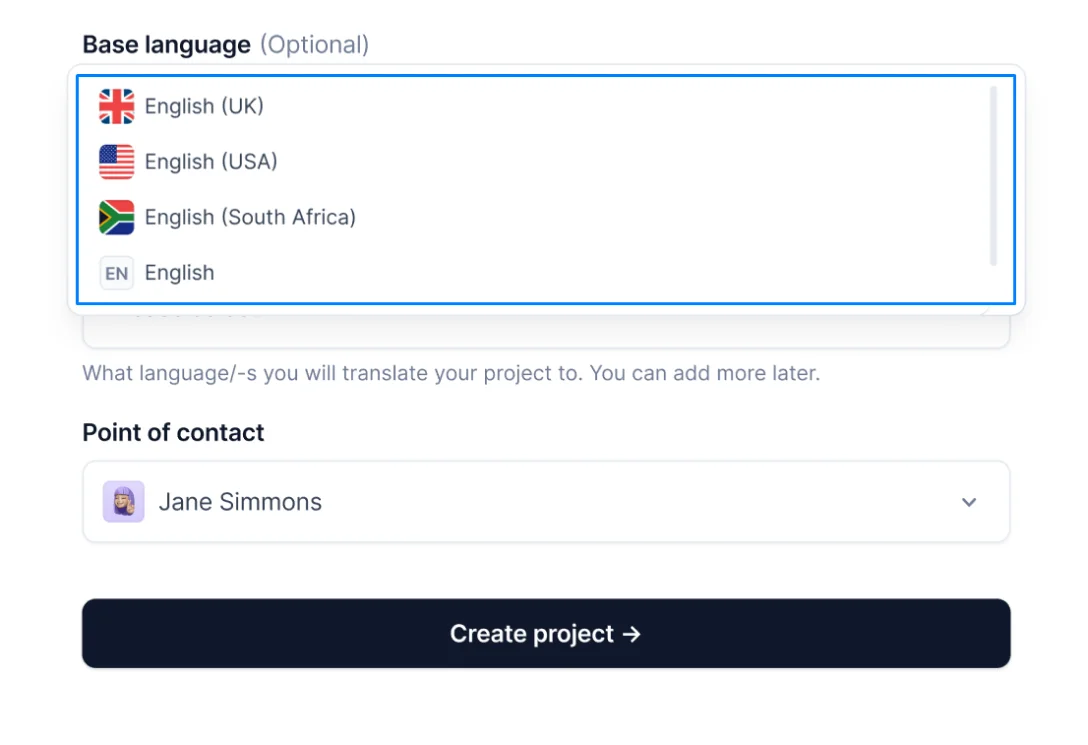
- Click Create project
This is your localization project, the hub where you can create translations, arrange editorial reviews, and test translation quality.
Let’s start by adding your app language resources. Note that you can follow the same steps to localize files containing your app’s title, description, or even marketing materials.
- In the Centus dashboard, open your project
- Go to the Imports section and click Select a file

- Add XML or other files for translation
- Click Upload a file

Everything is ready for translation. Let’s see how it’s done:
- In the Editor section, click keys to enter translations manually
- Choose among suggestions generated by Google Translate, DeepL, or Microsoft Translate
- Click Save
Your app is translated, but since translation is the last barrier between you and user satisfaction, let’s ensure it’s perfect. To this end, arrange a review by a professional editor. Here’s how to add them to your project:
- In the Contributors section, click Add people
- Enter the editor’s name, email, and other details
- Choose the editor’s role from the dropdown menu

Now your editor can review app strings and leave comments for you or your translators.
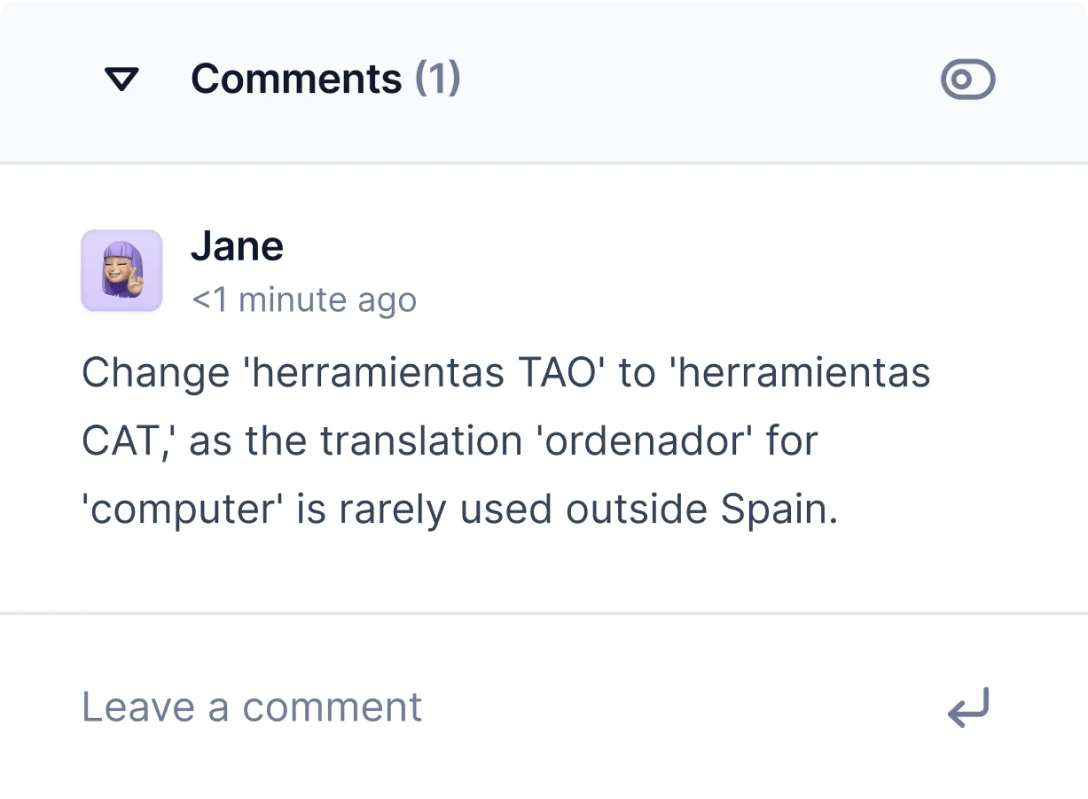
Comments can be really helpful. But you know what can communicate a message even more effectively? Screenshots.
Screenshots are indispensable for UI/UX localization, as they provide invaluable context for translators and editors. Here’s how to share them with your language experts:
- In the References section, click Upload reference
- Write a description

- Click Upload reference
When translations are ready, export them in a preferred file format.
Pro tip: In Centus, create Android or iOS SDK bundles to integrate translations into your app without waiting for store approvals.
4. Influencer partnerships
Imagine this: You're scrolling through Instagram and see your favorite influencer raving about a new app. They're genuinely excited, showing off cool features, and maybe even offering a promo code. That's influencer marketing in action.
Why it's a big deal: Influencer marketing is huge—we're talking a $21.2 billion industry in 2023, soaring from just $1.7 billion in 2016. Why the boom? Because it works. Around 92% of people trust influencer recommendations over traditional ads. That's a whole lot of potential app downloads.
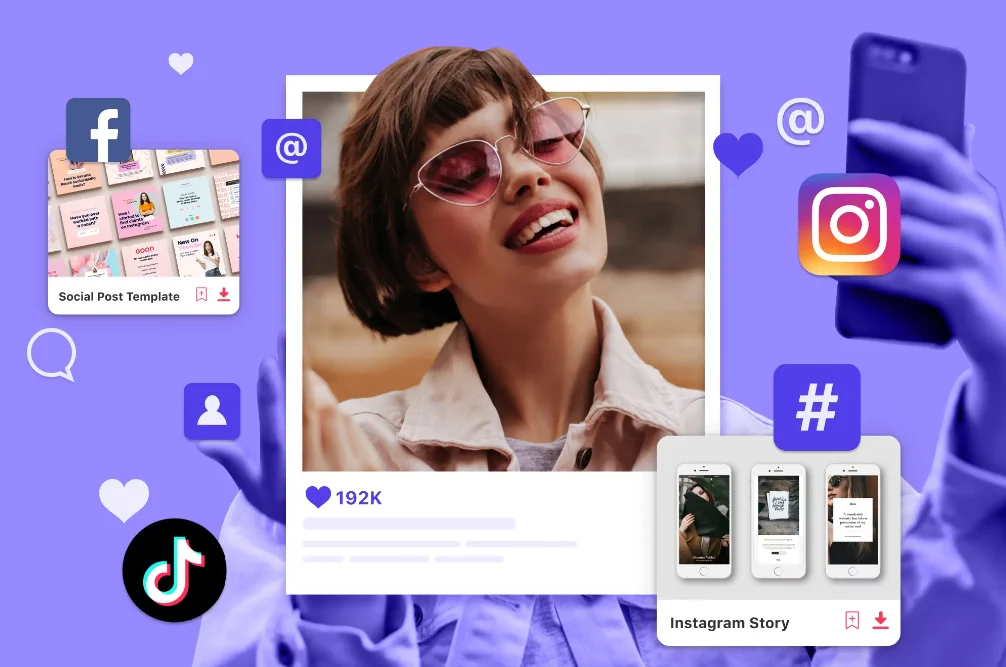
Source: Envato Elements
Example: Take the Honey extension. They got YouTubers like Ryland Adams and PewDiePie onboard, blending in Honey promotions with their regular content. Result? A big win in conversions, because who wouldn't want to try something a trusted YouTuber recommends, especially if it's free to start?
Remember to pick influencers your target audience likes. Make sure their posts about your app seem natural and true to their style.
Watch how much their help boosts your app's downloads, customer retention, and engagement. Be smart with your budget—sometimes smaller influencers can give you a good bang for your buck. And lastly, always play by the rules with advertising.
5. Launching on product sites
Launching your app on product sites is a great way to increase downloads. To do this effectively, you need to showcase your app on platforms like Product Hunt, Hacker News, or Betalist. These sites have large communities of tech enthusiasts and influencers who are always on the lookout for new and exciting apps.
The key is to create an engaging product page with a compelling description, good visuals, and maybe even a demo video. You should also interact with the community (that’s also a strategy on its own), answer questions, and respond to feedback.
Why it’s a big deal: It can be hard to find your niche customers on your own. Getting noticed on product sites can make your app stand out, draw in early adopters, and drive downloads.

Source: Product Hunt
Example: Clubhouse, the audio-focused social platform, is a great example of how a Product Hunt launch can create momentum. Once it went live on the site, it quickly caught users’ attention and began gaining traction. That early exposure helped Clubhouse build a loyal user base and set it up for long-term growth.
6. Early access or beta testing groups
Letting a small group of users test your app before launch can be incredibly useful. Not only do you get valuable feedback from real users, but these early adopters often become enthusiastic supporters who share their experience with others.
Why it matters: Launching with a polished, bug-free app makes a big difference. Beta testers help you catch problems early, and their word-of-mouth can spark interest before your app officially hits the store.
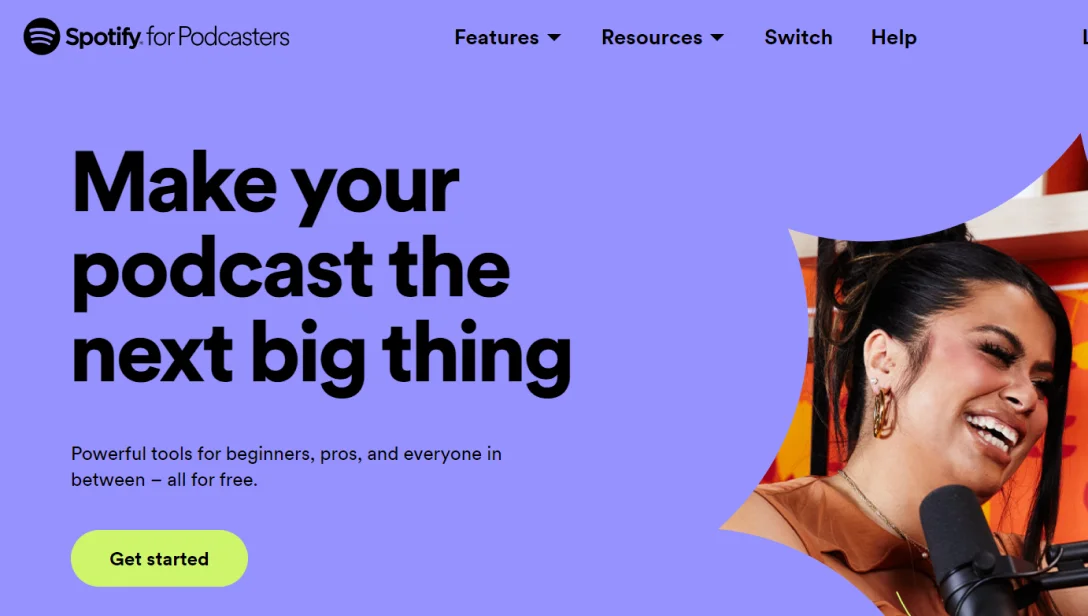
Source: Spotify
Example: Spotify tested its interactive podcast features with a select group before launching to the public. Feedback from that beta group helped refine the product and boost its appeal, which paid off with better reviews and more downloads.
7. Enabling shareable user content
Giving users a way to share their in-app achievements, stats, or progress on social media is a simple but effective way to promote your app. These posts feel authentic and relatable, and people are more likely to check out an app their friends are using.
Why it matters: Around 70% of people trust peer recommendations more than traditional ads. So when someone shares their experience, it naturally encourages others to give it a try.

Source: Duolingo
Example: Duolingo lets users share completed lessons or daily streaks. Spotify does something similar with Spotify Wrapped. These features give users something fun to post while also putting your app in front of new potential users—for free.
8. Social media engagement
Being active and responsive on social media builds community and trust. When people see a brand interacting with users, answering questions, or just having fun, they feel more connected—and more likely to download your app.
Why it matters: According to research, 71% of users who have a positive experience with a brand on social media are more likely to recommend it.
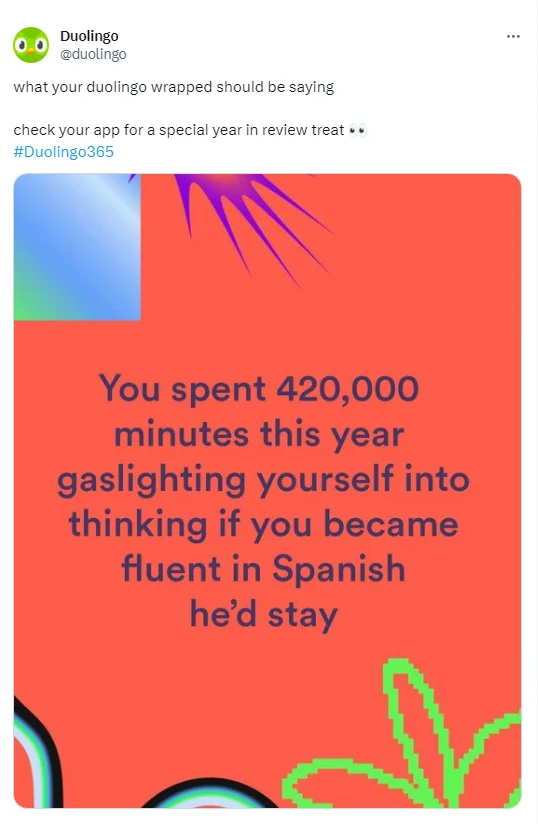
Source: Duolingo
Example: Duolingo has built a strong social presence on X and TikTok. Their posts are funny, clever, and highly shareable. It’s a great way to keep users engaged and bring in new ones, all while reinforcing the app’s identity.
9. Content marketing via blogs and articles
Writing helpful or interesting articles is a great way to attract attention to your app. Focus on topics your potential users care about—not just the app itself. That way, you build trust and interest before they even hit the download button.
Why it matters: Good blog content can increase site traffic, drive social shares, and improve your SEO rankings. Over time, this builds authority in your niche and keeps potential users coming back.
Example: Canva’s blog is full of content about design, branding, and marketing. It’s not just about using the app—it helps users improve their skills. That kind of value keeps people engaged and often leads them to try out the product.
10. Collaborating with non-competing apps
Teaming up with apps that target a similar audience—but offer a different service—can help both of you grow. Think cross-promotion, shared features, or joint campaigns.
Say a running app partners with a healthy recipe app. They can promote each other inside their platforms, boosting visibility and downloads for both.
Why it matters: You get free exposure to a relevant audience without paying for ads. Cross-collaboration also helps build credibility through association with another trusted brand.
Parting thoughts
Remember, the key to success is finding the right mix of strategies that meet your audience’s unique needs.
Focus on creating a user-friendly app with a unique value proposition, use ASO for visibility, localize your app, localize social media, and market, market, market.
Happy downloads!
Get the week's best content!
By subscribing, you are agreeing to have your personal information managed in accordance with the terms of Centus Privacy Policy ->
Keep learning
11 min. read
How to Build a Localization Strategy and Do it Right
21 min. read
Software Localization Guide for Developers
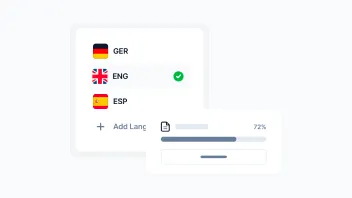
9 min. read
Business Translation Explained with Examples
16 min. read
How to Perform Localization in Java
7 min. read
Translation Management System: A ‘Show, Don’t Tell’ Guide
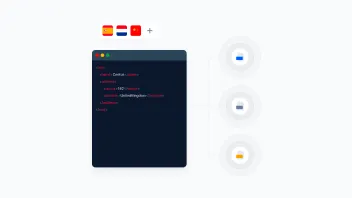
8 min. read